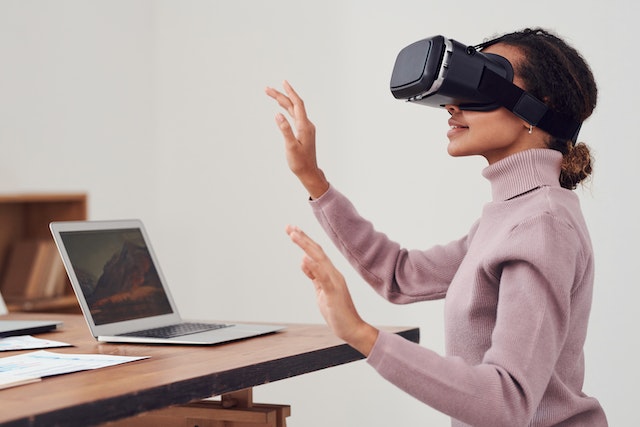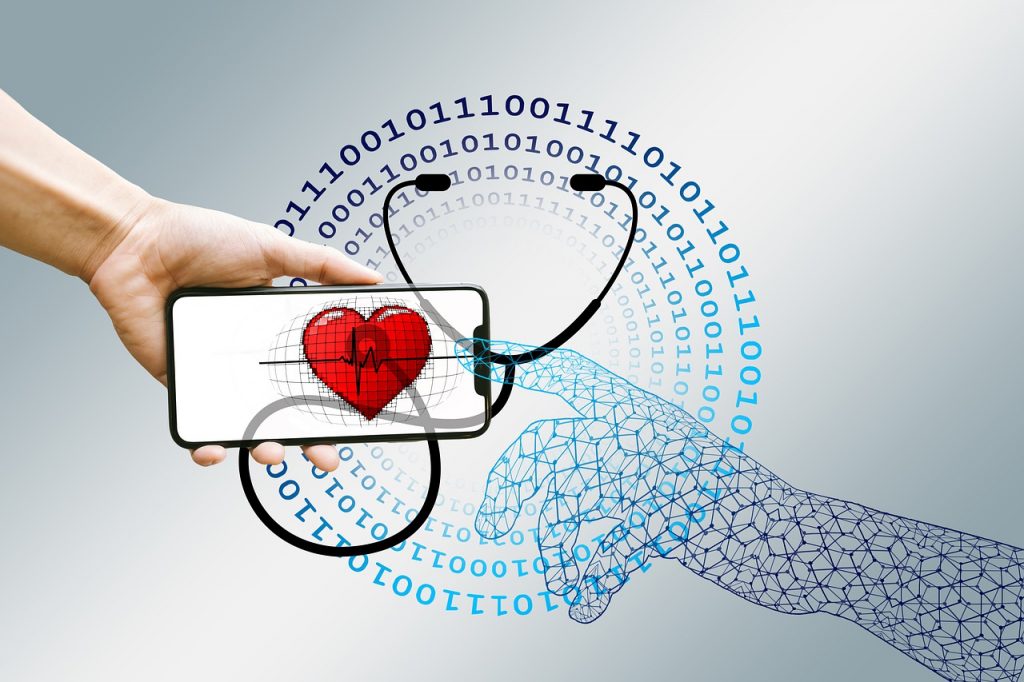
GUEST POST from Arlen Meyers, M.D.
The number of MD/MBAs graduating from medical schools continues to expand with about 5% of the roughly 20,000 US medical student graduates having dual degrees. While in past times the idea was to get the knowledge, skills, abilities and competencies to manage health services organizations, many are now doing it on the way to digital health startup land.
Most all of the 38 osteopathic schools offer dual degree programs as well.
For example, business schools are racing to add concentrations in science, technology, engineering and math to their M.B.A. programs as they try to broaden their appeal to prospective students overseas who want to work in the U.S.
Several schools, including Northwestern’s Kellogg School of Management and North Carolina’s Kenan-Flagler Business School, have unveiled STEM-designated master’s in business degrees in recent months. The University of California Berkeley’s Haas School of Business recently reclassified its entire M.B.A. program as STEM.
In my view, we are training too many MD/MBAs that don’t add value to the system and that many programs should be terminated or restructured.
- We don’t know how much value the graduates contribute to the sick care system.
- The programs are usually not domain specific. Some think that’s a good thing, encouraging exposure to how other industries have solved generic problems. Others feel sick-care is so unique that the lessons are not applicable.
- Medical students are already up their waists in debt, most of which is taxpayer subsidized. Should additional debt be added to their student loans?
- Few of the programs address the needs of physician entrepreneurs.
- There are many substitutes for physician entrepreneurs around the world and US schools are no longer the mecca.
- Content has become generic and offered for free on the Internet.
- Connections are easy to make using social media.
- The MBA is losing credibility, given the large number of places that offer them, particularly those below the first-tier schools.
- Employers can see through the credentials.
- Costs continue to escalate and the programs do not accommodate the specific needs of busy clinician students.
- We need a thorough conversation about the policy wisdom of encouraging dual degrees, potentially side tracking graduates into non clinical roles when there is a global demand for clinicians.
- We need to track outcomes and roles of graduates to determine whether the dual degree adds value to the communities they are designed to serve and whether they are cost-effective in an era of skyrocketing student debt.
In addition, there is a difference between having knowledge, skills, abilities and competencies in the business of medicine, health systems science, health service organization management, leadership and leaderpreneurship and entrepreneurship/intrapreneurship. There is a confusing array of dual degree programs leaving students scratching their heads and, in many instances, wasting their time and money.
Also, more medical students are jumping ship to pursue non-clinical careers. While the numbers may a small portion of the roughly 20,000 first year US medical students, the trend is evident.
Instead, we should consider re-shuffling the deck and offer a new combined MBE (Masters in Bioinnovation and Entrepreneurship) degree or dual MD/MBE or PhD/MBE program.
According to Prof. Varda Liberman, the new Provost of Reichman University and Head of the MBA in Healthcare Innovation, “Healthcare systems are going through enormous changes worldwide and with the COVID-19, these changes were accelerated. There is an immediate need for a complete redesign that will necessitate innovative multidisciplinary solutions, leveraging technology, science, information systems, and national policy. Our MBA program in Healthcare Innovation, offered by Reichman University, in collaboration with Israel’s largest hospital, the Sheba Medical Center, Tel Hashomer, is designed to prepare the future leaders of the healthcare industry to develop solutions that will enable the needed redesign. The program brings together all the unique advantages of Israeli innovation, to provide our students with the tools and skills necessary to understand the complexity of the healthcare industry today. The program brings together all the key players of the ecosystem – those coming from the healthcare system, engineering, entrepreneurship, AI, law, biomedicine, pharmacology, high tech, investment, management, and public policy”.
Here’s how it would work:
- A four-year program combining two years in medical school and two years in an MBE program, patterned similar to Professional Science Masters Programs.
- The medical school curriculum would be separate and distinct from that offered to medical students interested in practicing medicine. Among other topics, we would teach sales.
- Clinical rotations should start on day one, intended to instill an entrepreneurial mindset and emphasize being a problem seeker, not a problem solver at this stage
- Interdisciplinary education with experiential learning in project teams that includes business, science, engineering, law and other health professionals.
- Experiential learning and a mandatory internship with local, national or international company in biopharma, medtech or digital health.
- A new tuition and funding structure, possibly run by private equity or medical technology companies who sponsor applicants. The present medical education business model won’t work if it depends on short term revenue by putting butts in the seats.
- Project teams would be offered proof of concept funding and iCorps team support
- Domain experts would work with project teams
- Each student would be assigned an entrepreneur mentor throughout the program
- Social biomedical entrepreneurship and ethics would be core streams throughout training. Those interested in creating non-profits or going into public service might be candidates for tuition deferral or waiver.
The good news for educators is that you don’t need to start from scratch. Karolinska beat you to the punch.
The purpose of the degree program is to provide students with the knowledge, skills and abilities they need to lead global biomedical innovation. Here’s what the curriculum would include:
- Building Biotechnology: Introduction to biomedical entrepreneurship
- Regulatory Affairs and Reimbursement
- Life Science Intellectual Property
- International (Bio) Business
- Biotech law and ethics
- Internship
- International trip
- Device and digital health entrepreneurship
- Leading high performance teams
- Bioentrepreneurial finance
- Drug discovery and development
- Care delivery entrepreneurship
- Social entrepreneurship
- Electives in other aspects of entrepreneurship
The David Eccles School of Business at the University of Utah is taking its top 10 ranked program for entrepreneurship to new heights with a master’s degree designed for serious entrepreneurs.
The degree is called the Master of Business Creation (MBC), and it’s the first of its kind.
Applicants must be full-time entrepreneurs who want to create, launch and scale a new business, who want more than the 9-to-5 job, who have the drive to overcome the impossible, who want to build their knowledge while doing, and who are willing to put in the hours to make it happen.
We don’t need more physician administrators. We need more physician innovators and entrepreneurs who can lead us out of our sick care mess and close global health outcome disparities. While I believe the optimal career track involves a reasonable time practicing clinical medicine, students are thinking otherwise. For those that do, they need a new path to creating the future and medical and business educators need to create educational products that meet their needs.
Image credit: Pixabay
![]() Sign up here to get Human-Centered Change & Innovation Weekly delivered to your inbox every week.
Sign up here to get Human-Centered Change & Innovation Weekly delivered to your inbox every week.

